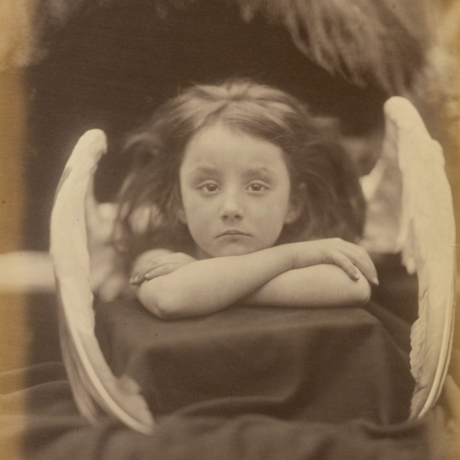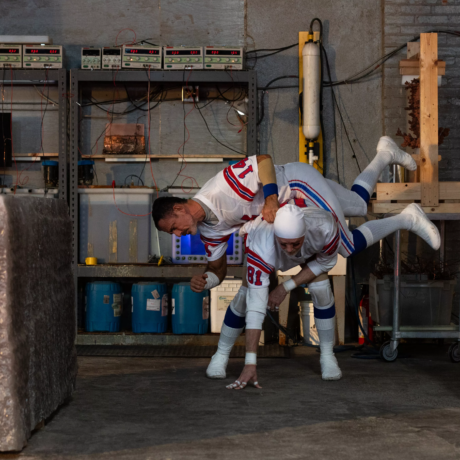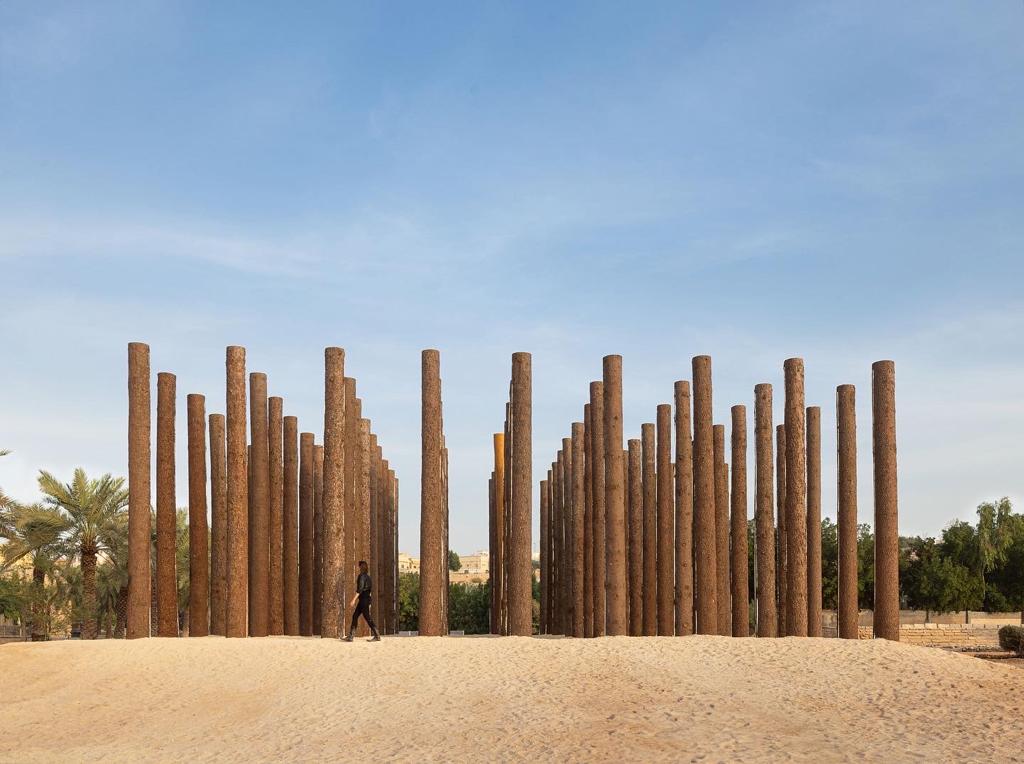
As I tell my friend that I’ve been approached to consult on a project in Saudi Arabia, an eyebrow is raised. This friend is someone I highly respect and whose opinion I value; I appreciate that he pushes me to think outside of my comfort zone. Why am I doing this? By now, as I go into my 3rd year of working on a variation of different consulting jobs in the region, I have answers prepared for the questions that follow the raised eyebrows. “No, the region isn’t what you think”, “No, there are no issues for my being a woman and working in the region”, “No, I do not feel unsafe”.
The primary export out of Saudi Arabia has been oil, which, since the boom experienced by the kingdom in the early 1970s, more often than not creates a one-dimensional perspective of the country. That, however, started changing in September 2019, when Saudi Arabia opened its doors to tourism. It would be fair to say that there is a seismic shift happening in Saudi Arabia. Tourism means a coquettish peek into a previously unknown and unseen, even the feared. Its artists, art scene, and culture, which are at the forefront of this new renaissance, led to a revitalization of Saudi Arabian society. The art movement, in turn, has had a share of this economic development and prosperity. The art scene in Saudi Arabia has previously been reserved in time and landscape. Since 2011, the country has been participating in the Venice Biennale, and in 2018, it had its 1st presentation during the Architecture Biennale. The world stage is a tentative platform; however, Saudi Arabia, since moving towards not just radical and seismic change, is bringing the world stage to its doors, creating under their own terms.
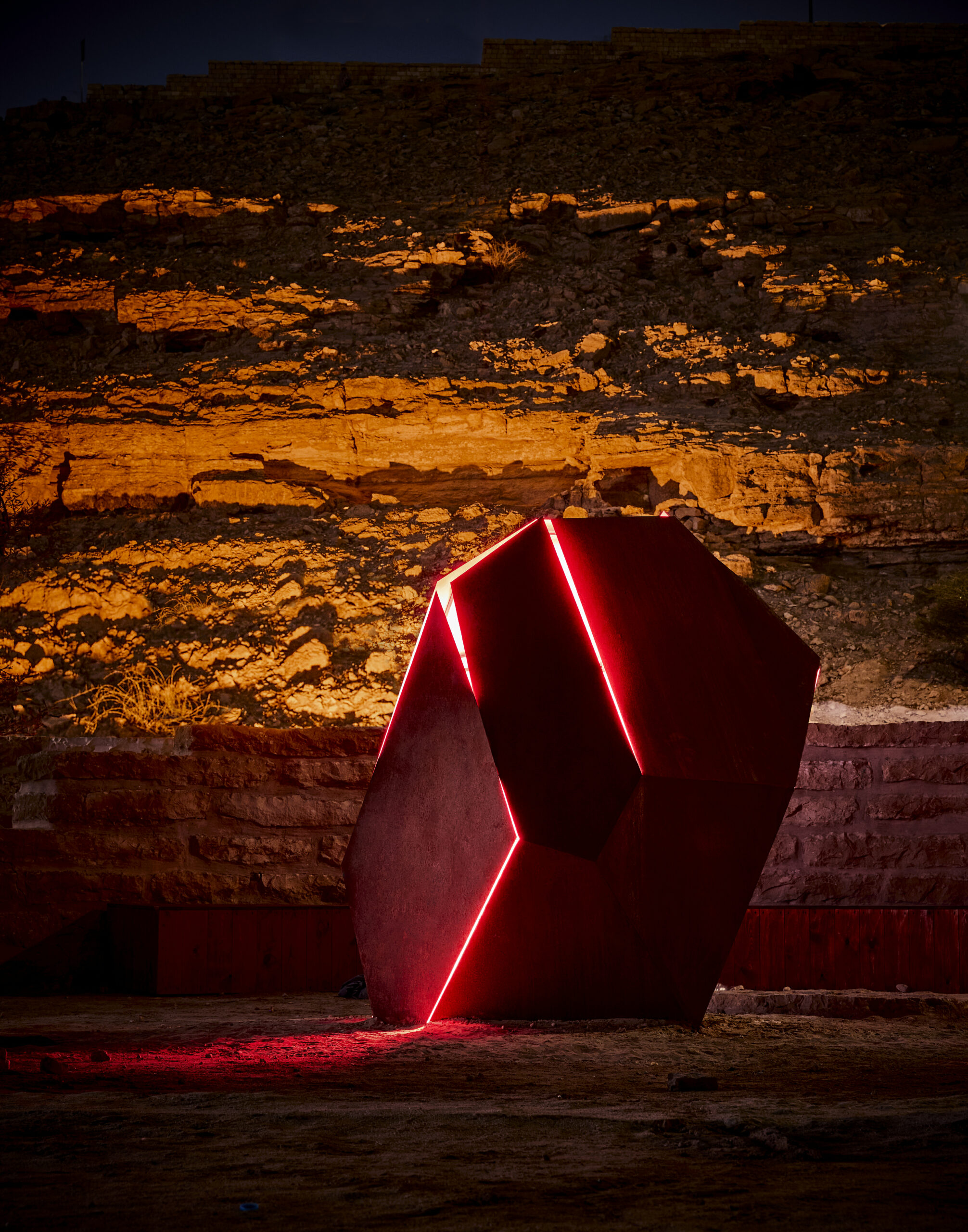
A look at “Echoing the Land” – currently showing at Misk Art Institute, a historical show that delves into painters since the 1950s inspired by the evolving landscape and changing horizon of Saudi Arabia, depicts a school of thought, localized activities and landscapes of the time, there are murmurs of experimentation into abstraction and cubism, and at the forefront, female painters of the time, which would be contrary to what we are lead to believe, and contrary to a western representation of female painters of the same era. The exhibition, with the majority of the works loaned from private collections and being seen in public on a rare occasion, spearhead from a space of both transformation and documentation – artworks featured in the exhibition range from natural landscapes, agricultural and urban settings to traditional architecture and the intricacies of human connections within Saudi culture, the countries primary transformations. Saudi Arabian art history has a long history, but it’s often been hidden in private and not public collections, and now is the moment to go public. There are a small but profound number of families and patrons whose pride and whose need to document create a space for vast private local collections. It is this that has kept support alive. It is now that they need to be shown histories that were erased, suppressed, or forgotten.
Just as Saudi Arabia wants to look back with pride, its focus is on the horizon and nurturing emerging new talents. “On Purpose”, the 8th instalment of its renowned Young Saudi Artists (YSA) compiled by Athr Foundation, arranged a wide sprawling exhibition in the artist district of JAX. You see 25 young artists with a wide range of materials, viewpoints and identities that are being voiced. There are identities that are often not shared or depicted in a widespread arena. The title of the show, “On Purpose” is described by the curator Rami Farook.
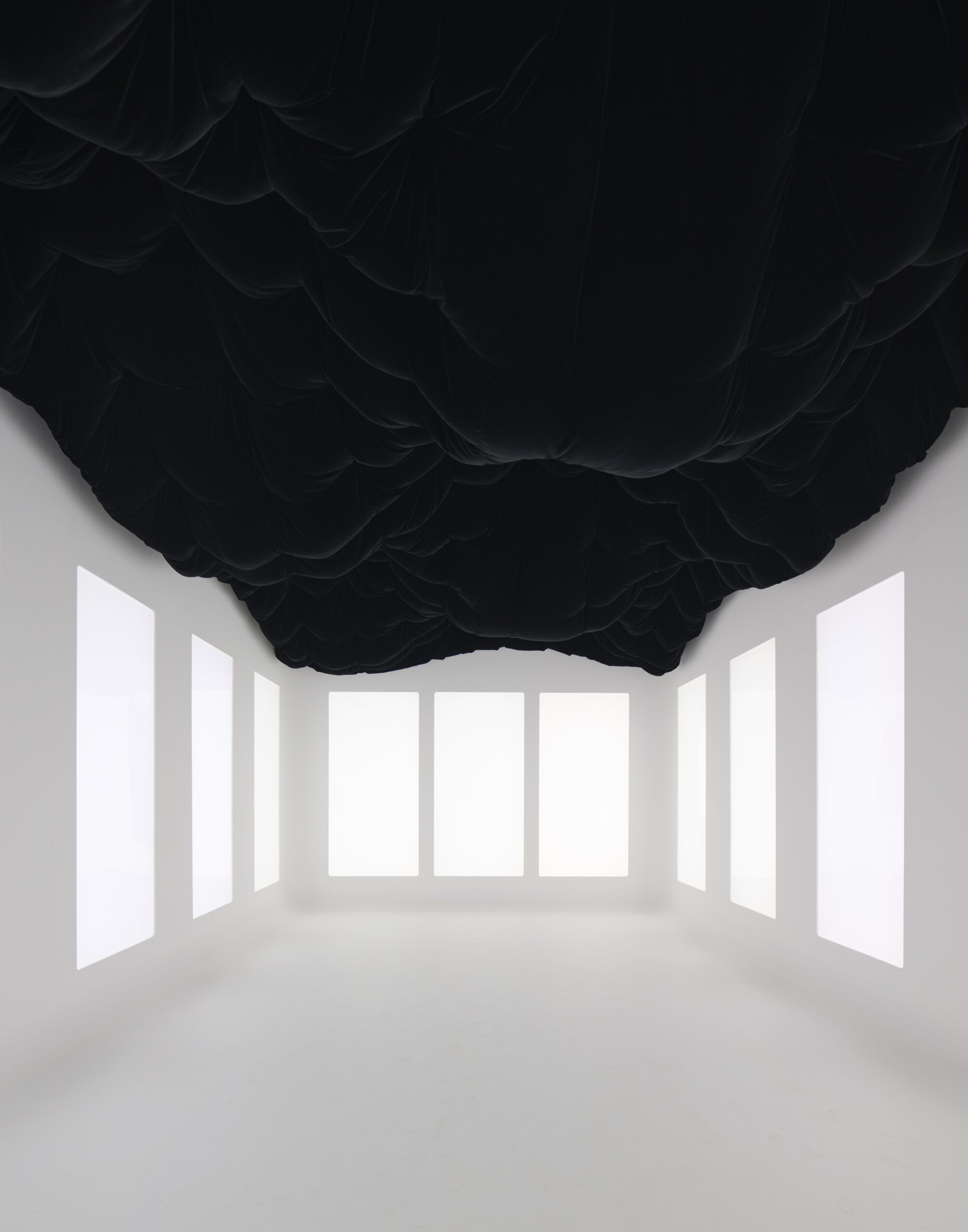
“I’m hoping that just hearing about it will make us think about purpose. I’m curious to see what comes out of this socio-cultural discussion- thoughts, feelings, hacks, proposals, interventions, questions, … inform, educate & entertainment – inshallah, it elevates humanity, shows new possibilities & activates responsibility, presents diverse & unique perspectives, connects the community.”
I find the use of the word “hacks” to be the most intriguing. Why hacks? Similarly to how we are so confined by definitions, frameworks and modes of art production within a Western viewpoint, Saudi Arabia is observing and absorbing, taking with it what works and what doesn’t work, creating a new pathway that suits their needs and represents the multiplicity of their culture and language. There is an air of fearlessness, honesty, experimentation, and space to fail, all of which is something that we have long forgotten. In Marcel Duchamp: The Afternoon Interviews, released in 2013 by Calvin Tomkins, Duchamp described the shift in art making as taxes were introduced to artists, as these societal conditions continue to drive us into mediocracy.

MD: It’s not that it’s done more easily. But there is more of an outlet for it. Exchanging art for dollars did not exist then except for a few artists of that time. The life of an artist in 1915 was non-existent as a money-making proposition—far from it. Many more people are miserable today because they try to make a living from painting and can’t. There is so much competition.
CT: But isn’t all the new art activity, in one sense, a healthy sign?
MD: In a way, if you consider it from the social angle. But from the aesthetic angle, I think it’s very detrimental. In my opinion, such an abundant production can only result in mediocrity. There is no time to make very fine work. The pace of production is such that it becomes another kind of race, not rat, but I don’t know what. [laughs]
CT: Doesn’t this also reflect a change in the concept of what art is—a loss of faith in the creation of masterpieces and an attempt to make art a part of daily life?
MD: Exactly, it’s what I call the integration of the artist into society, which means he’s on a par with the lawyer, with the doctor. Fifty years ago, we were pariahs—a young girl’s parents would never let her marry an artist.
Noor Riyadh, 2023 – on its 3rd edition, creates an abundant space for public art. It is the world’s largest light art festival, with each edition larger than the previous. Heavyweights such as Superflex, Tobias Rehberger, and Claudia Comte paired next to established Saudi Arabian talents such as Muhannad Shono and Ahmed Matter, sitting comfortably next to Saudi Arabian newcomers such as Sara Almutlaq. A public showing really cemented the point that experimentation and daring new works form a new norm. Noor Riyadh has an astronomical 3 million visitors over its 4 locations during its two-week duration. Mirroring that this space is not just for a typical audience, but rather for everyone, that quality doesn’t have to be confined to the regimentation of the white cube, that the experience of art doesn’t have to be tangible composed into an object but rather, it can be entertaining, unconfined, and mix and match of established and new. Forming a new dialogue, a new norm, and a new societal interexchange. A more accepting and compassionate space where the program sees women taking centre stage without it being a question, be it in the program, the curatorship – Maïa AlAthel, or the leadership – Nouf AlMoneef.

Words by Silvana Lagos
